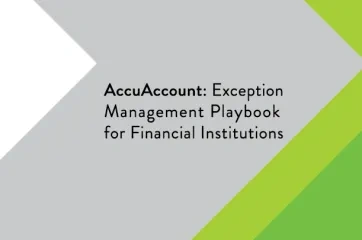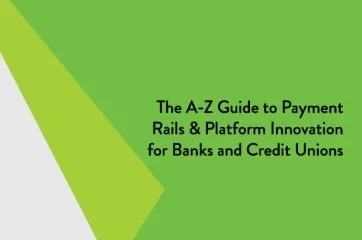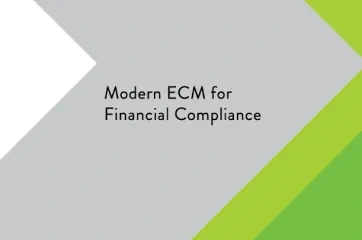A BSA Compliance Officer coordinates and monitors adherence to Bank Secrecy Act regulatory requirements, which are focused on detecting and halting money laundering. This senior-level position spends much of his or her time analyzing data and ensuring the successful implementation of various policies and procedures. In smaller financial institutions, these functions may fall under the Bank Compliance Officer’s purview, but larger financial institutions often create a specific BSA compliance position.
Pinpointing Anomalies
The BSA Compliance Officer’s responsibilities center around AML (anti-money laundering) efforts. BSA Compliance Officers develop and implement systems to proactively detect suspicious activity, such as:
- Frequent deposits and/or withdrawals of large amounts, often from one branch to another
- Shell companies that have been established specifically for money laundering purposes
- Purchasing large amounts of cashier’s checks
- Other BSA Compliance Officer Duties
In addition to detecting suspicious activity patterns, BSA Compliance Officers implement and manage the financial institution’s AML programs. This may entail, among other items:
- Creating internal policies, procedures, and controls to flag potential money laundering schemes
- Staying up to date on new BSA requirements
- Training staff as necessary
- Performing independent testing to measure the bank or credit union’s effectiveness in identifying money laundering attempts
- Ensuring that identified issues are sufficiently addressed
Leveraging Technology
Modern banks and credit unions are turning to electronic document imaging software, such as AccuDoc, to assist with BSA compliance in a variety of ways. Some examples include:
- Storing and retrieving Currency Transaction Reports (CTRs), Suspicious Activity Reports (SARs), and internal/external audit reports related to due diligence and independent testing
- Enabling convenient access to BSA policies and procedures
- Ensuring tight security at the document level for sensitive information
- Reducing risk of the loss of (or unauthorized access to) sensitive compliance information
BSA Compliance Officer Resources
Looking for more information about banking compliance? Be sure to check out our extensive resource library with free spreadsheets, whitepapers, and eBooks.
Browse our banking definitions page for more terminology.







